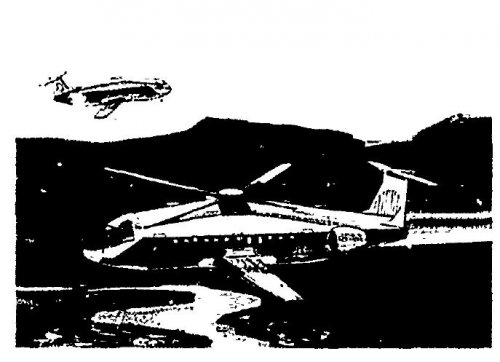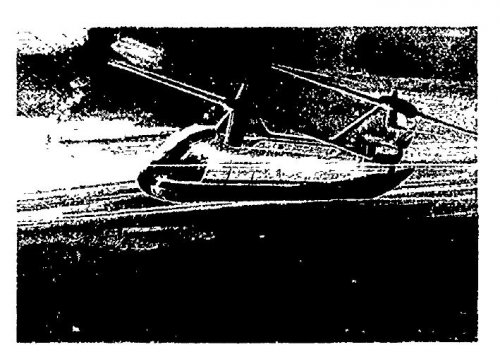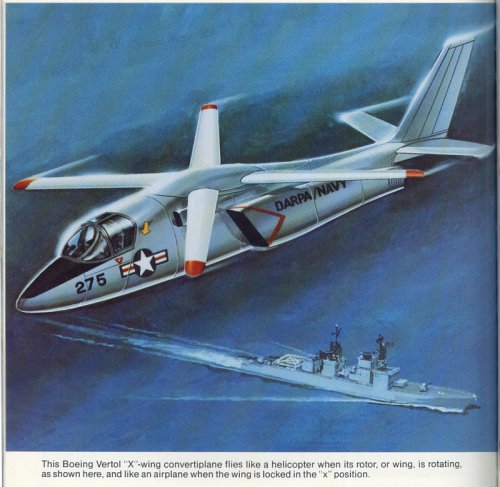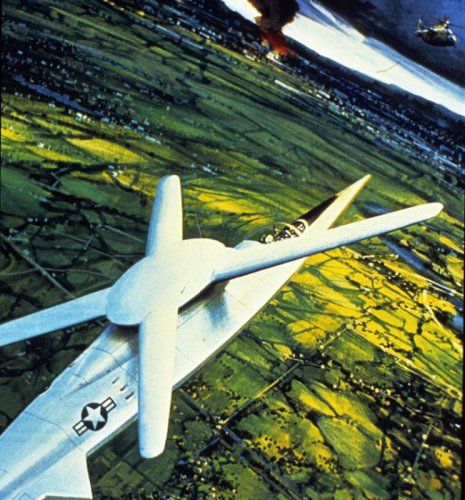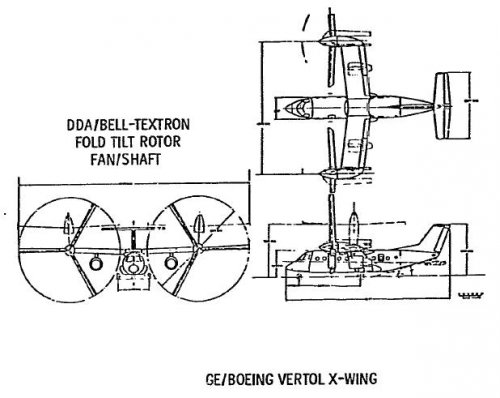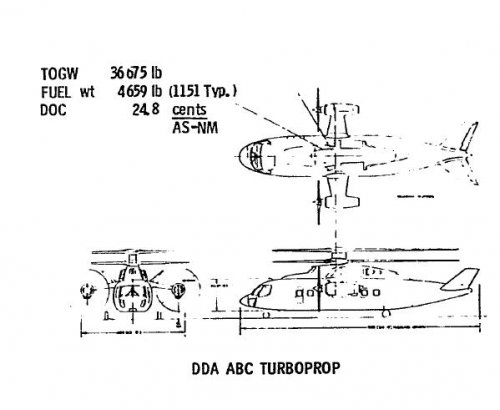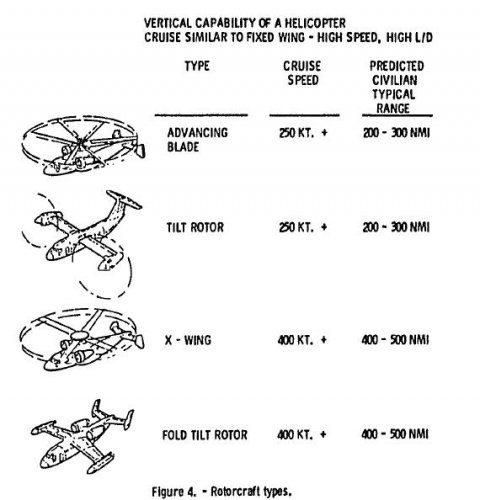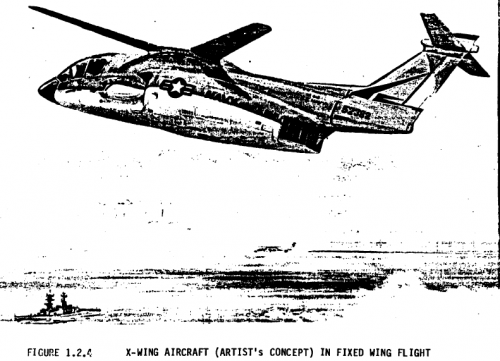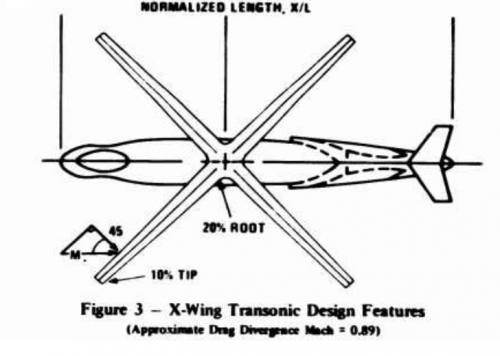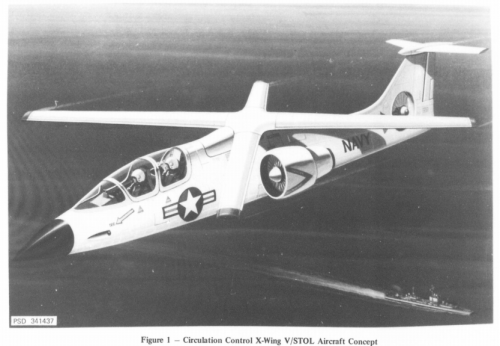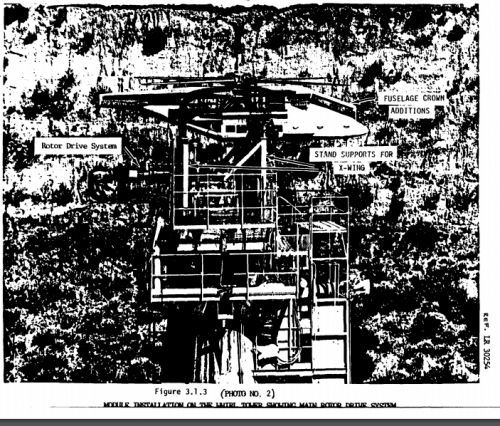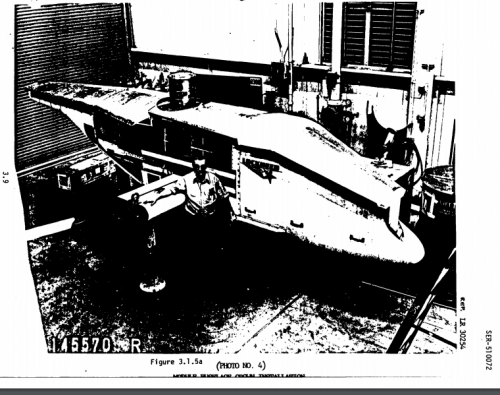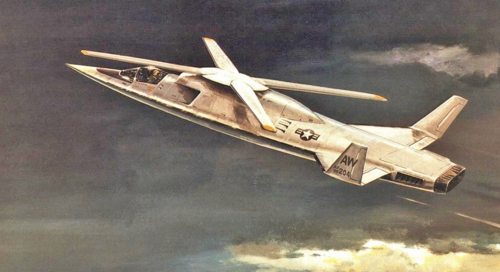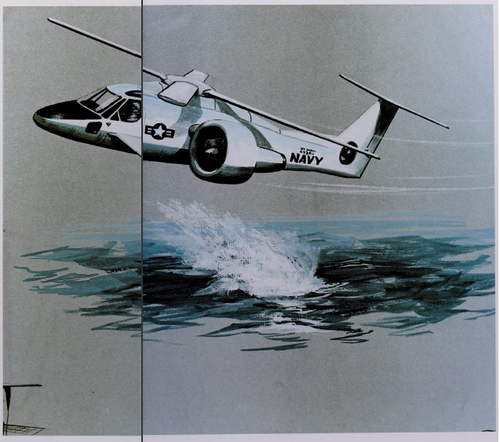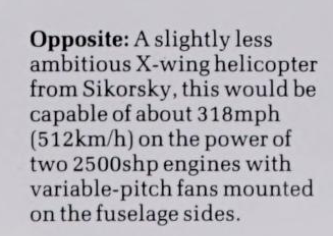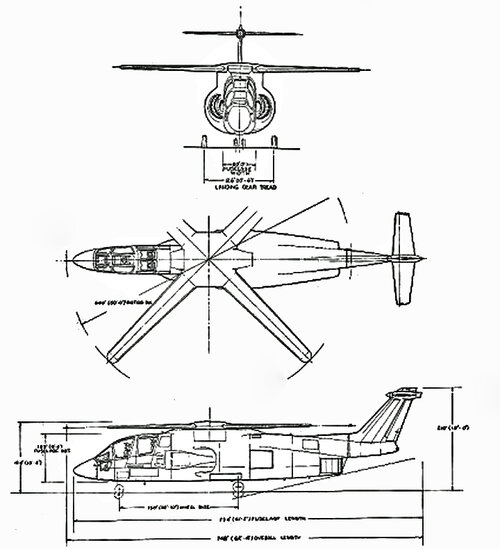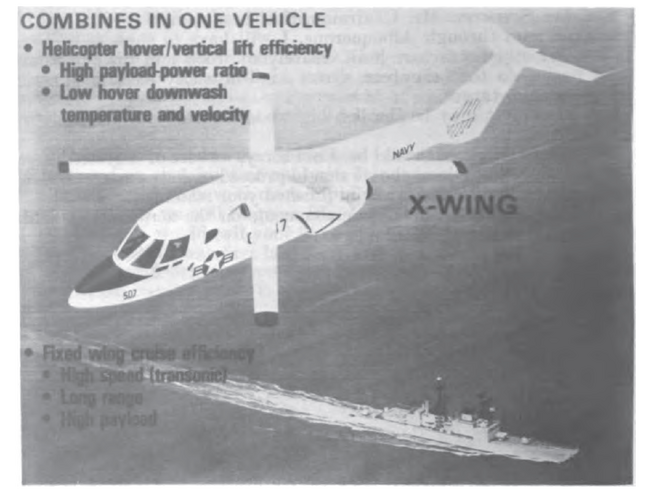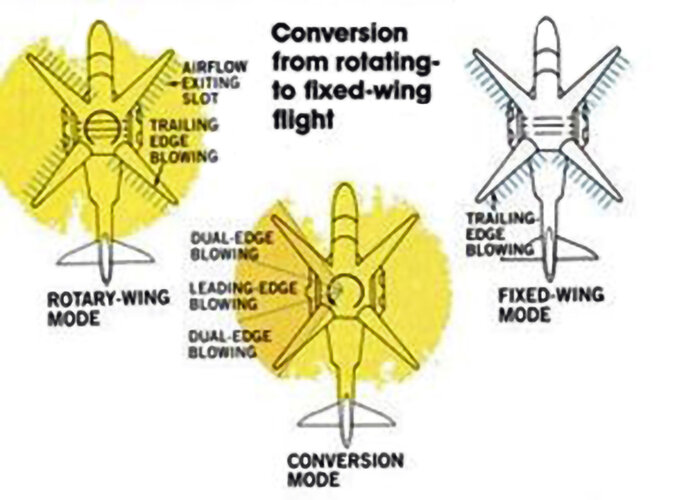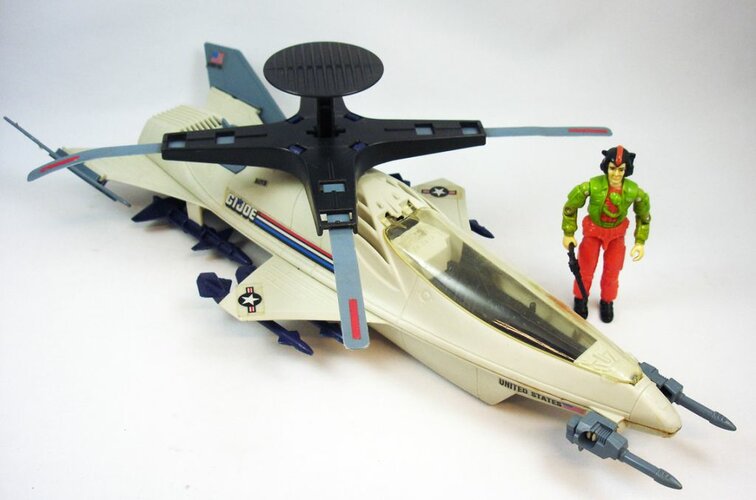DARPA SOUGHT STEALTHY ROTORCRAFT
The former Defense Advanced Research Projects Agency funded at least two secret rotorcraft programs during the 1980s, and at least one of them is still operating. They were low radar cross section technology demonstrators and did not have an operational mission.
The larger of the two was a secret version of the NASA/DARPA/Sikorsky X-Wing Rotor Systems Research Aircraft (RSRA), and it is not clear if a prototype ever flew. The unclassified RSRA X-Wing program was canceled in 1988 after several flights in only its fixed-wing mode (AW&ST Mar. 14, 1988, p. 15; Aug. 31, 1987, p. 23). However, DARPA's secret version of the X-Wing also run by Sikorsky-was a larger program than its unclassified cousin, according to sources familiar with both programs.
THE SMALL ROTORCRAFT is a McDonnell Douglas Helicopters project conducted with the renamed Advanced Research Projects Agency. Configuration details are sketchy, and it is not known if it uses the McDonnell Douglas no-tail-rotor (Notar) technology. More than one of the McDonnell Douglas craft may have been built, and flights are conducted in the restricted airspace of the Nellis AFB range. Tests include flying against radar sites to measure the rotorcraft's signature. The program is considered "extremely black," and the aircraft fly at night or out of sight of uncleared personnel during the day. Flights are scheduled to avoid spy satellite coverage.
It is not clear whether Bell participated in a DARPA stealth helicopter project. One expert noted that the teetering two-bladed rotor used on many Bell helicopters does not adapt itself to stealth. The clearance needed for teetering makes it difficult to closely nest the hub to a fuselage fairing, and the high blade loading is noisier and gives a larger, more visible, rotor diameter. However, Bell has developed helicopters aimed at the special operations market.
The secret X-wing was to use three enabling technologies for low radar signature. One was the X-wing itself. When the rotor was stopped for cruise flight in the "X" position, the 45-deg. angle of the blades reduced radar reflections in the forward aspect, though care had to be taken to prevent the 90-deg. blade intersection from acting as a retroreflector. Also, the stopped blades eliminated the telltale Doppler signature of a helicopter. Equally important, the fixed X-wing allowed for high speed, as retreating blade stall and high tip Mach numbers were eliminated. High speed was the goal of the "white-world" RSRA X-Wing program. Notar-like technology was the second key feature of the stealth X-wing. Eliminating the tail rotor reduces radar signature. However, the Sikorsky design did not use circulation control blowing on the boom itself for anti-torque boom lift, as McDonnell Douglas does with its Notar technology. Instead the stealth X-wing just had thrusters at the tail boom's tip. The RSRA X-wing had a conventional tail rotor.
THE THIRD TECHNOLOGY was an engine that could convert between turboshaft mode for helicopter operation and turbofan for cruise thrust. The convertible engine was a General Electric TF34 turbofan that was tested by the NASA Lewis Research Center (AW&ST Oct. 27, 1986, p. 21). For turboshaft operation, the fan's inlet and exit guide vanes were shut, closing air to the engine's bypass duct and increasing airflow directed through core. The secret aircraft was to use twin convertible TF34s, while the RSRA X-wing used two standard TF34s for thrust and two General Electric T58s for shaft power. The RSRA X-wing program provided an open method to develop the crucial X-wing technology, and provided cover for the broad nature of the classified effort. The white program could order parts for the black program, and vendors would be none the wiser.

